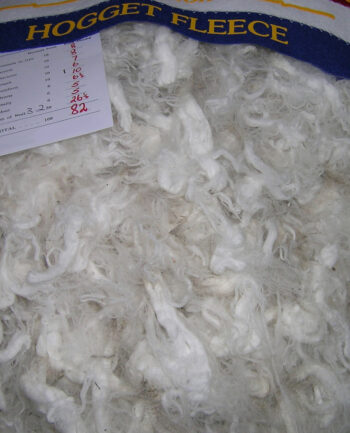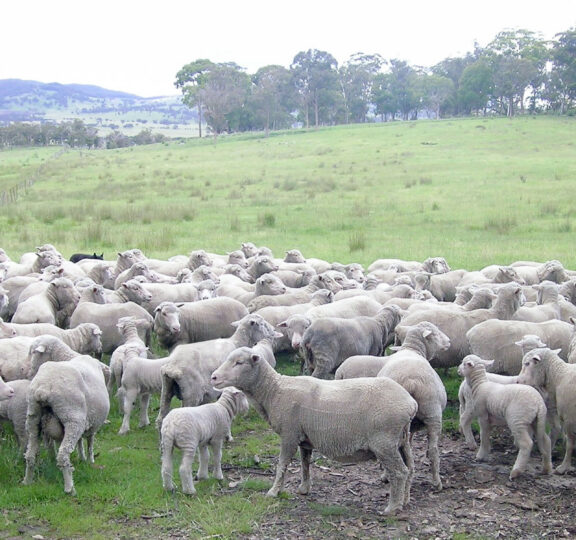The magic of
merino wool


Cycle through cold winter towns: wear merino wool. Pedal in the damp climate of southeast Asia: wear merino wool. Sounds contradictory, but the unique characteristics of the delicate merino wool fibers make it possible. Lots of air in the tissue insulate well while the crimpy fibers transport humidity to the outside, generating a cooling effect.
When we first started to get our hands on vintage racing jerseys, we thought, these poor guys had to race in wool. Turns out, there is not just the type of wool we knew from our scratchy Shetland pullovers. And there is also not only one breed of sheep in this world. But there is one very special sheep, the Merino.
The wool the Merino sheep grows is quite different from all other sheep. Its fibers are half as thick as standard wool. They are heavily crimped and have a wave shape. Its physis is responsible for the magic of Merino wool: it does not itch, it’s cooling when it’s warm outside, it’s warming when it’s cold, and it does not stink. So, how does this work?

A breathable tissue
Well, it’s just physics, no magic. Merino sheep wool does hardly itch because the fibers we use are very soft and thin. So they offer very little resistance and generally do not irritate the skin. Many crimps and a wave structure mark the shape of the fibers. They build a loose tissue enclosing air chambers that insulate both against the cold and the heat. But that’s only half of the story: Wool fibers absorb moisture from the body, conduct, and release it to the outside. This helps regulate your body’s moisture balance, while in summer, the evaporation on the outside of the tissue actively generates a cooling effect. In colder temperatures, there is the opposite effect. Merino wool fibers can absorb up to a third of its weight in humidity. And in this process, the heat of absorption is created. So Merino wool warms in cooler temperatures and can stand fog or a rain shower easily.
Merino wool does not stink
Rests the claim that Merino wool never stinks. Several factors cause this benefit. It starts with the surface of the Merino fibers. In contrast to synthetic fibers’ smooth surface, the Merino wool fiber’s scales make it difficult for bacteria to stick. But the mentioned fact that Merino fibers transport humidity away from the body also means that moisture does not condense on your skin as sweat with its usual smell. Finally, the Merino wool fibers seem to have a self-cleaning quality due to its structure’s proteins and the friction among the fibers’ scales. Sounds complicated. If you don’t believe us yet, search for the keywords merino wool and smell on YouTube. You find travelers telling you that Merino wool T-Shirts (try our Flon T-Shirt) are the best for the warm and humid temperatures in southeast Asia. Others tell you how many weeks they wore a shirt before they had to wash it. Amazing!
Knowing all this, we look now with different eyes at today’s synthetic jerseys that have their advantages but are nothing compared to merino wool. In addition to the fascination for the history, colors, and shapes of historical racing jerseys, this is one reason why we have now launched our Heritage Collection. Already ordered?


